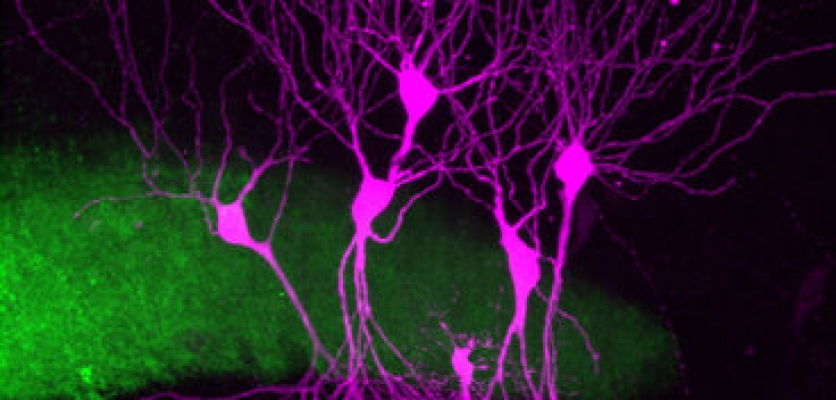MIT neuroscientists map neural circuits involving the CA2 region of the hippocampus.
The hippocampus is the region of the brain that is responsible for episodic memory. For decades, neuroscientists have been mapping the hippocampus’s neural circuits to better understand how memories are stored, retrieved, and lost.
The trisynaptic circuit, discovered by the legendary anatomist Santiago Ramón y Cajal more than 100 years ago, has long been considered the anatomical substrate responsible for learning and memory. But the trisynaptic circuit involved only the entorhinal cortex and the dentate gyrus, CA1 region and CA3 region of the hippocampus; the tiny CA2 region of the hippocampus, located between CA1 and CA3, was not thought to play a critical role.
When a 2005 study using molecular cell markers revealed that the CA2 region might be wider than previously thought, neuroscientists began to wonder whether CA2 had a role in memory. To address this, scientists needed to know more about the CA2 region’s boundaries and its neural connections to CA1 and CA3. But traditional methodologies like dye injections and electrophysiological stimulation of axon bundles haven’t been up to the task…



